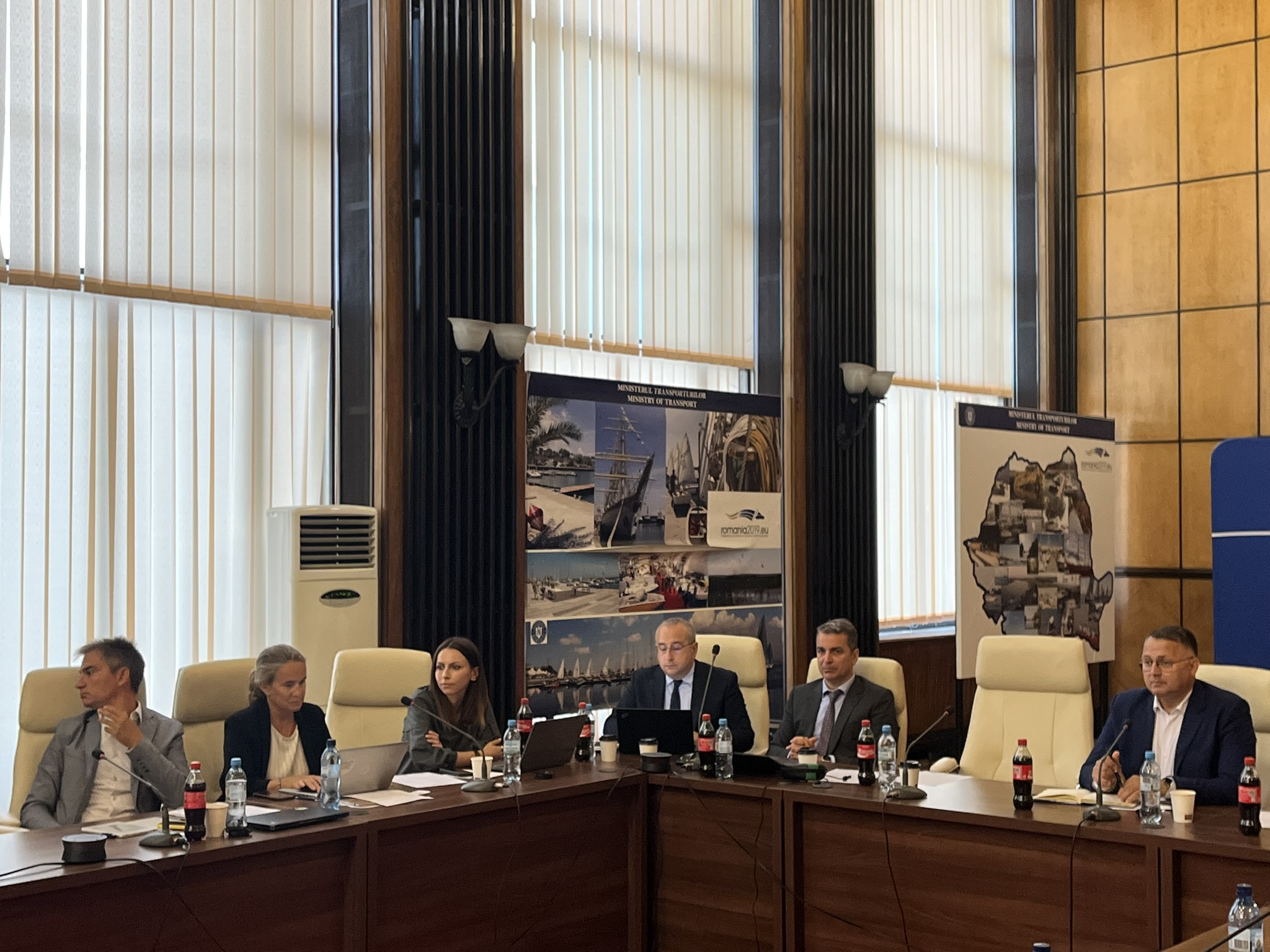Romania workshop – 2-3 September 2025
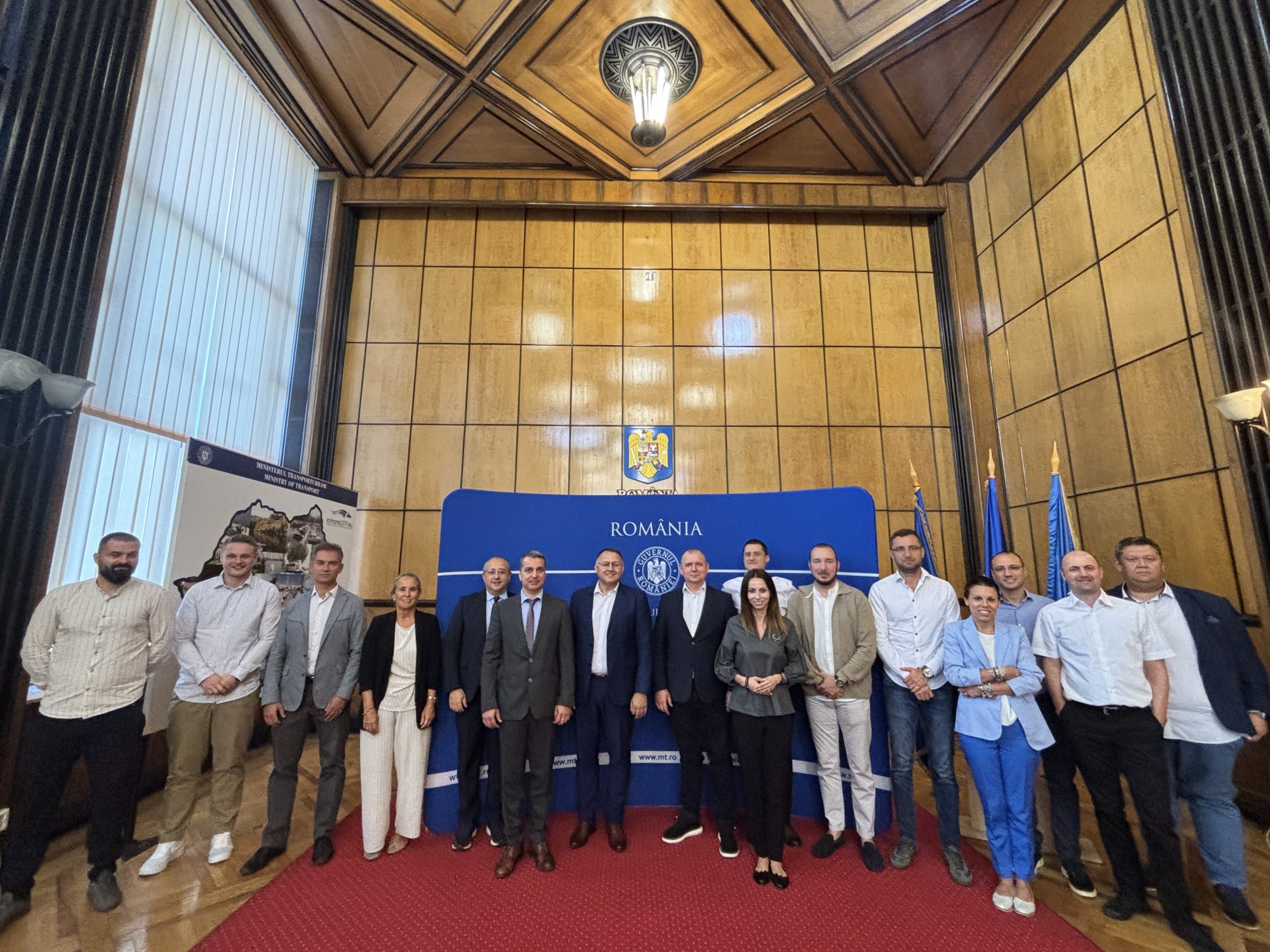
The eighth EU Road Safety Exchange (EURSE) workshop took place on 2-3 September in Bucharest, Romania, and focused on safe road infrastructure and speed management. The event was hosted by the Ministry of Transport. Participants included representatives from the European Commission, the Romanian Road Authority (ARR), and the National Company for Road Infrastructure Administration (CNAIR).
Partners from Spain’s Directorate General for Traffic (DGT), Germany’s Federal Highway and Transport Research Institute (BASt), and the German Autobahn Company participated in the workshop, which built up on the two previous EURSE study visits.
The workshop started with a welcome from State Secretary for Transport, Ioan Cristian Sologon, who highlighted the importance of cooperation on road safety for Romania. Mircea Ionescu from the European Commission pointed out some of the ongoing work of the Commission in this field.
Antonio Avenoso, Executive Director of ETSC, gave an overview of the EURSE project and Romania’s involvement in the project since the beginning of the pilot project back in 2019.
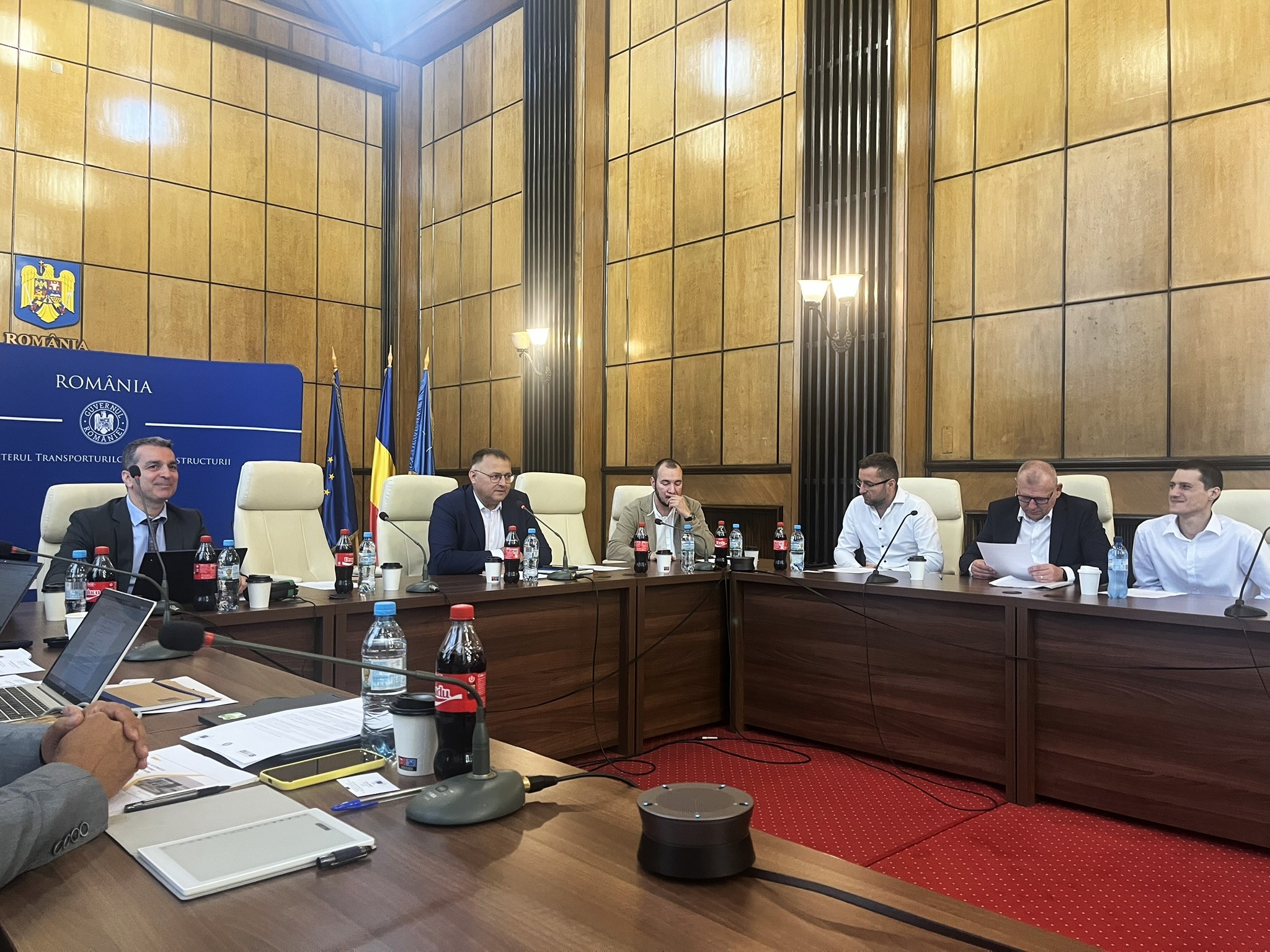
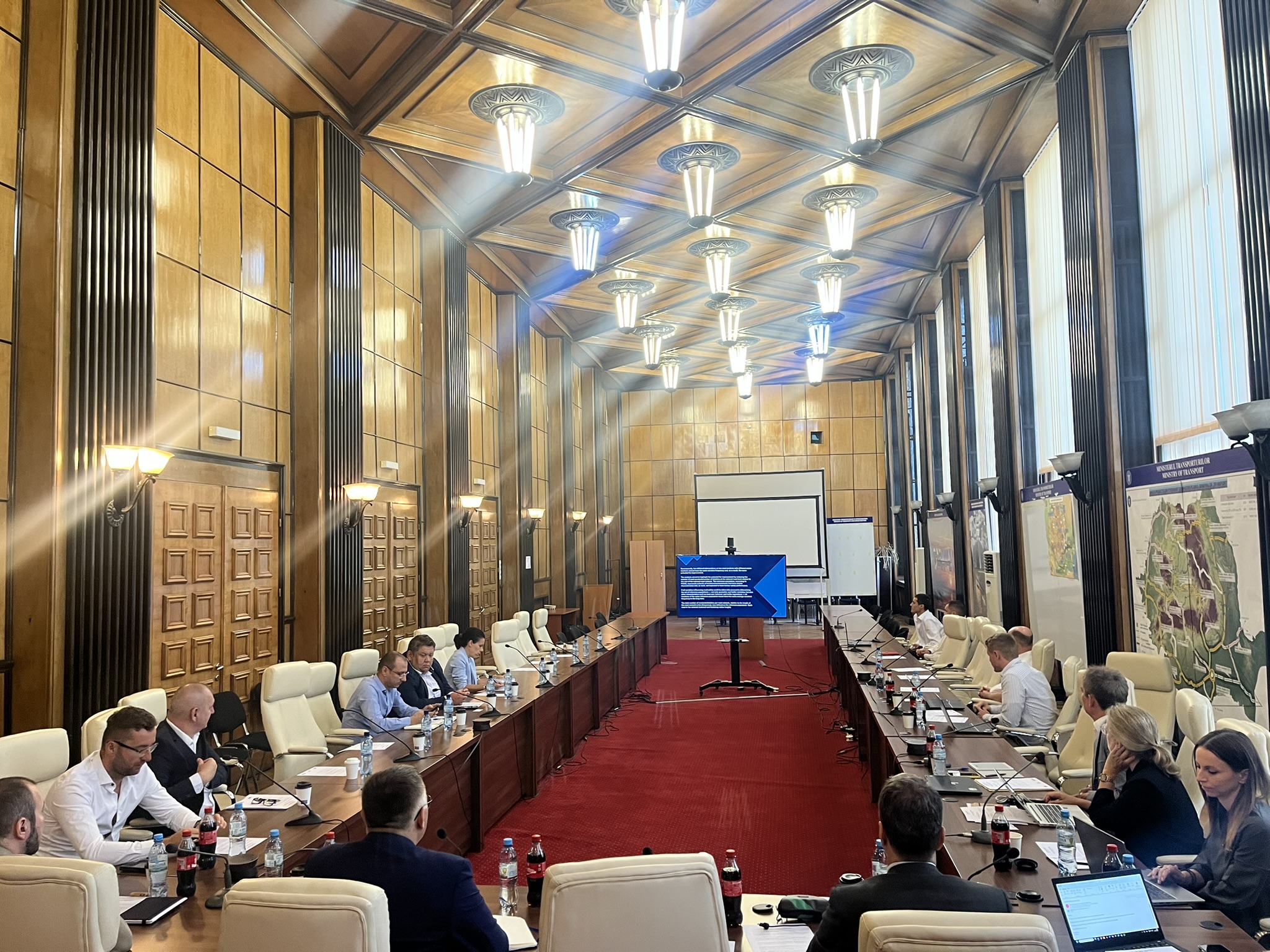
The first session focused on safe road infrastructure. Victor Tache from the Ministry of Transport presented the application of the Road Infrastructure Safety Management Directive in Romania.
He outlined the procedures for classifying roads, mapping risk areas, and planning measures to address priority hot spots. More than 7,000 km of roads are considered high risk in Romania, underlining the need for infrastructure safety improvements.
Flavius Paval, Head of Road Safety at CNAIR, spoke about safe road infrastructure in relation to the national road safety strategy and presented practical measures that the national road company introduced to improve Romanian roads.
With the motorway network expanding and the vehicle fleet growing rapidly, CNAIR has implemented pilot projects such as 2+1 roads and roller barriers for protection, making Romania the first EU country to adopt the latter measure.
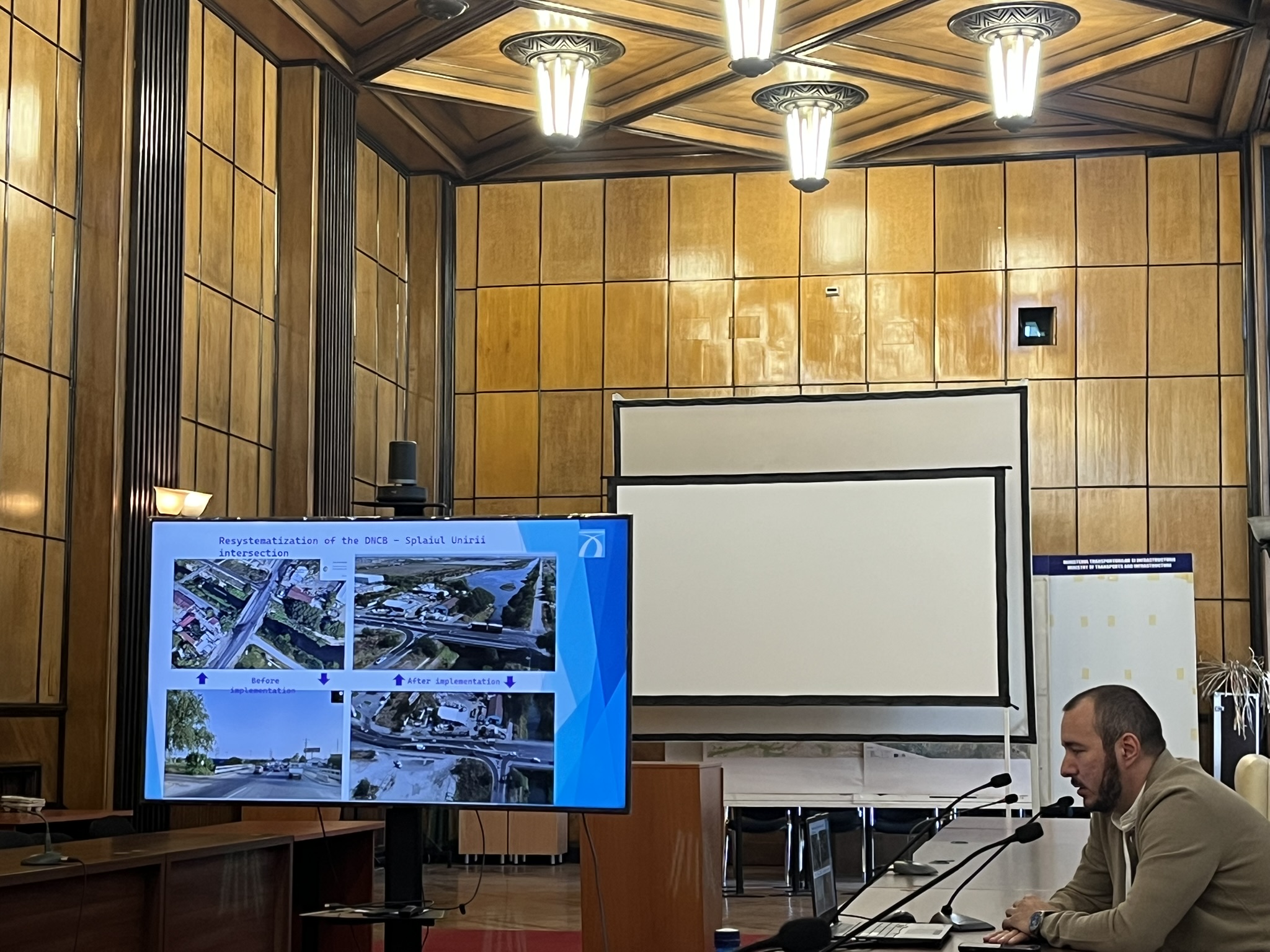
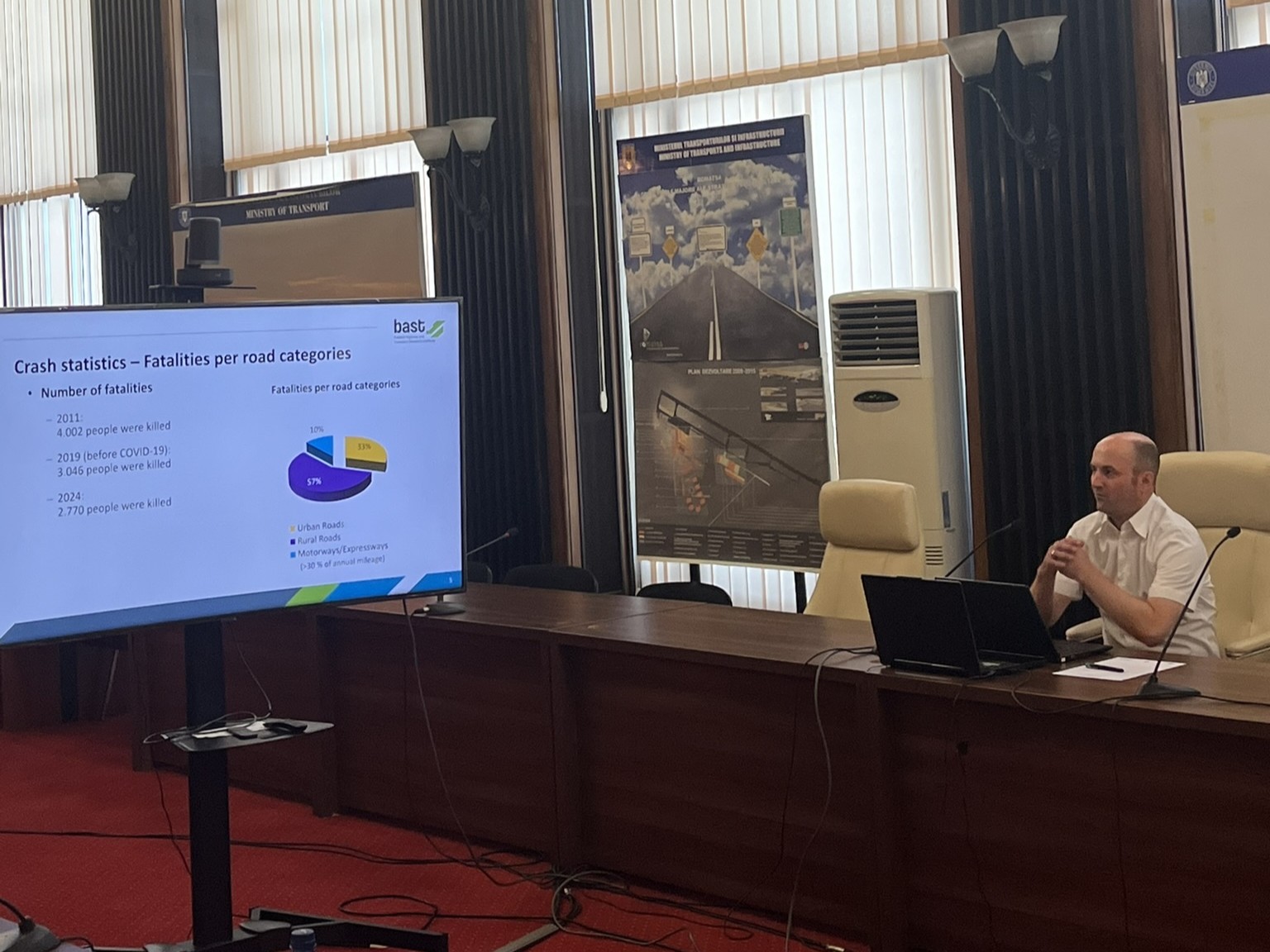
The German partners presented their work on safe road infrastructure. Marco Irzik from the Federal Highway and Transport Research Institute (BASt) explained Germany’s network-wide road safety assessment, which combines a reactive and proactive approach. The system uses a points-based method to show different levels of safety relevance across the network and can be easily adapted or expanded, including challenges such as assessing roadside obstacles like trees.
He also outlined how hot spots are then treated through road accident commissions and presented BASt’s MaKaU catalogue, a web-based tool that supports the identification of suitable countermeasures to improve road safety.
Joshua Heinrichs from the German Autobahn Company presented the company’s approach to identifying hot spots on German highways. The method applies a weighted system for crashes, giving more significance to those with serious injuries, and is based on a moving three-year assessment of road segments.
A distinction is made between hot spots on main lanes and those on auxiliary lanes. For each identified hot spot, detailed fact sheets are generated, providing information on crash reports with conditions and risk factors linked to the collisions.
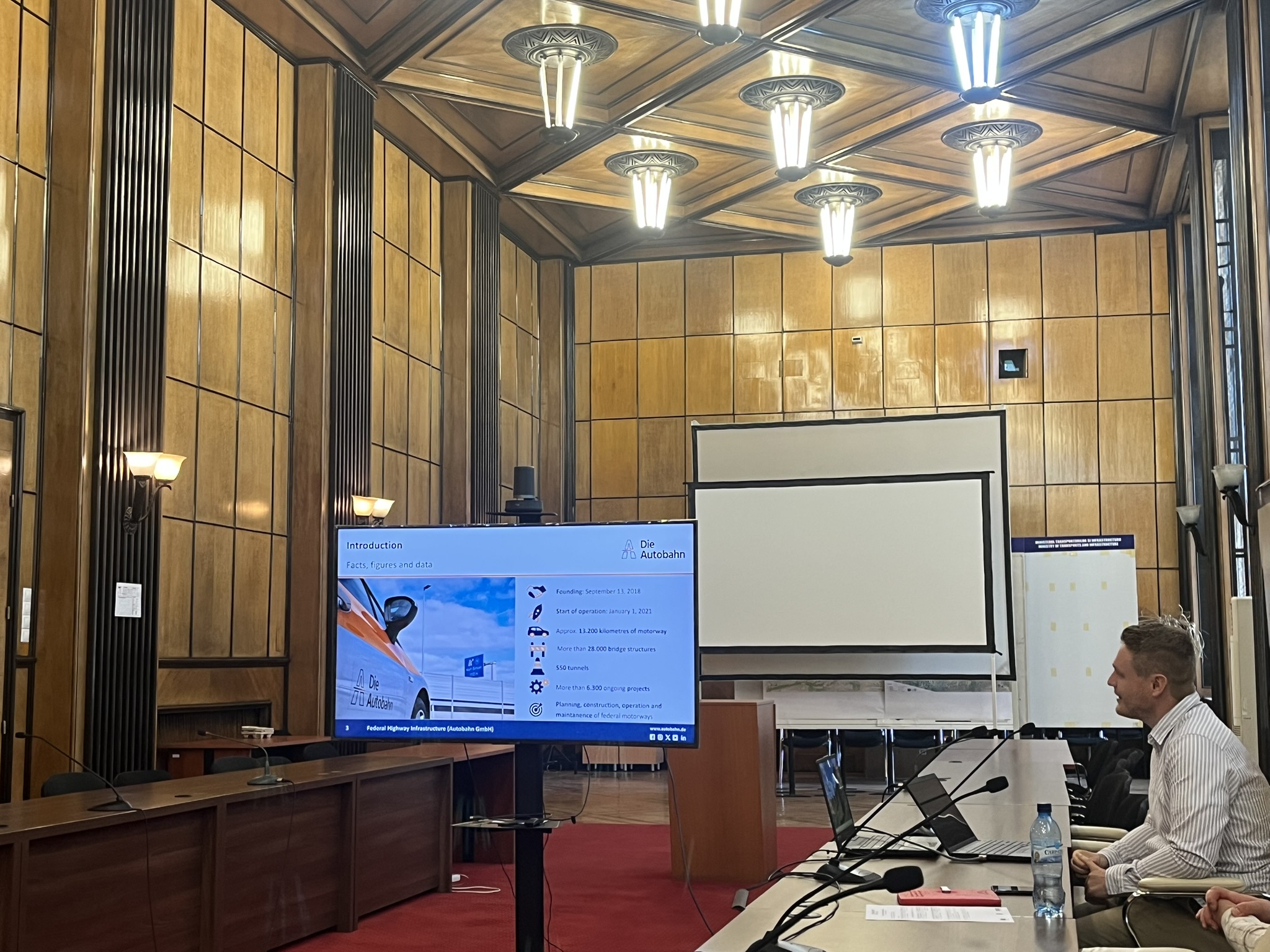
After the presentations, participants went on site visits, starting with visiting a road stretch with a sharp curve where roller barriers were installed on an experimental basis – a measure not often seen in other European countries. Representatives from CNAIR explained their efficiency in terms of maintenance costs and road safety benefits. No road death was recorded on that previously dangerous section after the installation of the barriers.
Later, participants visited a traffic management centre in Bucharest where they received extensive information about the traffic management procedures, followed by the visit of a newly built section of the city’s ring road.
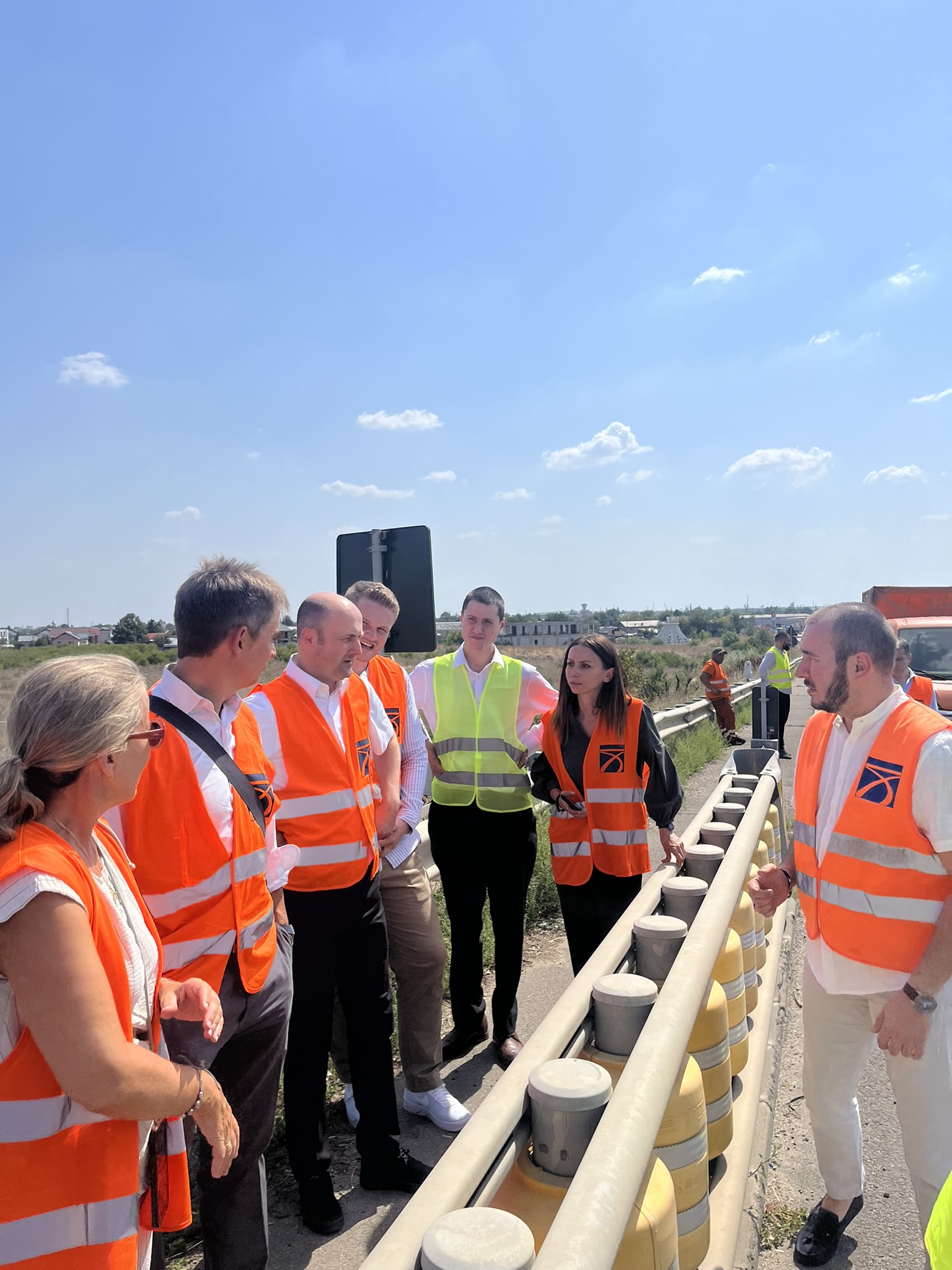
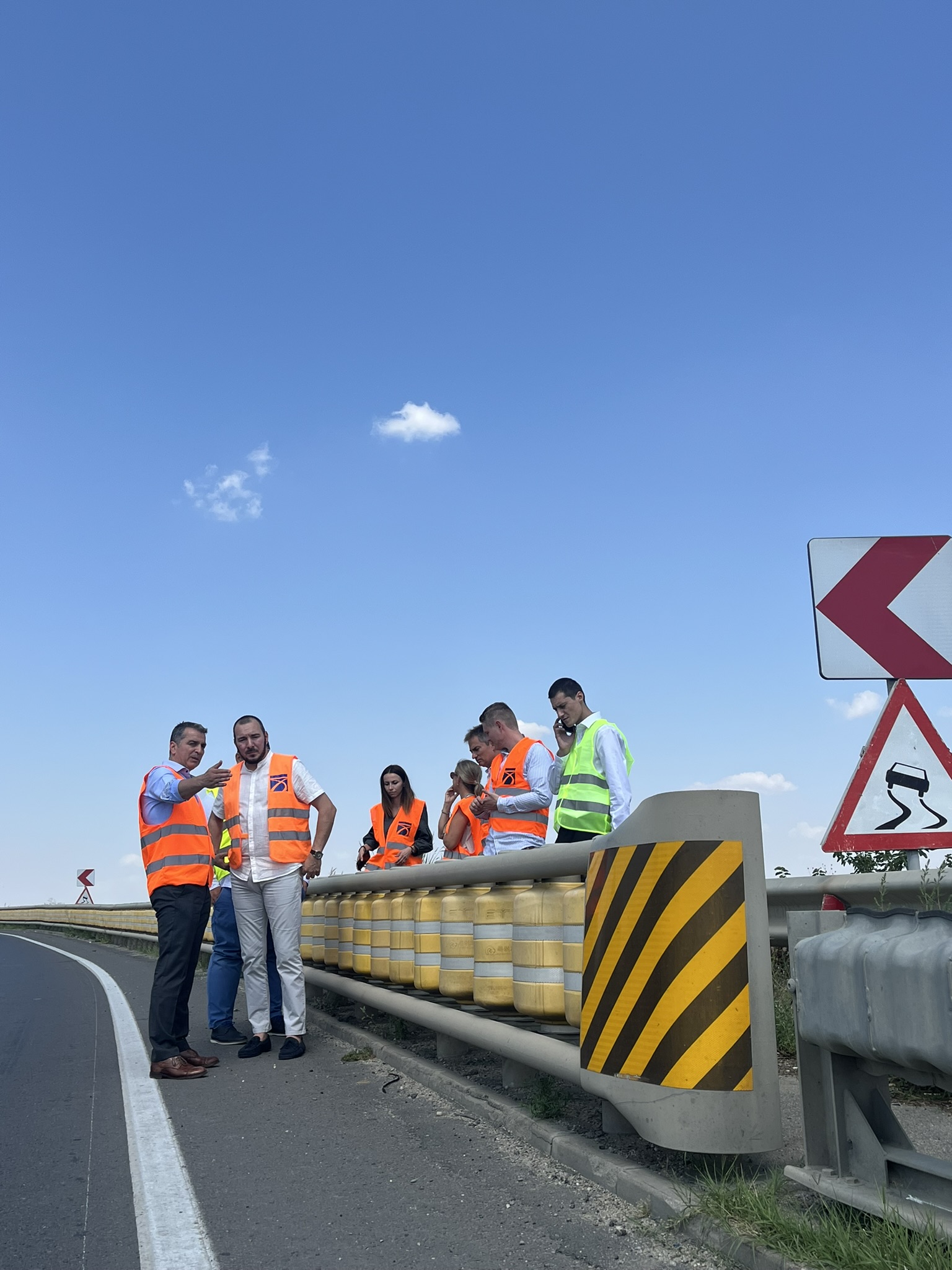
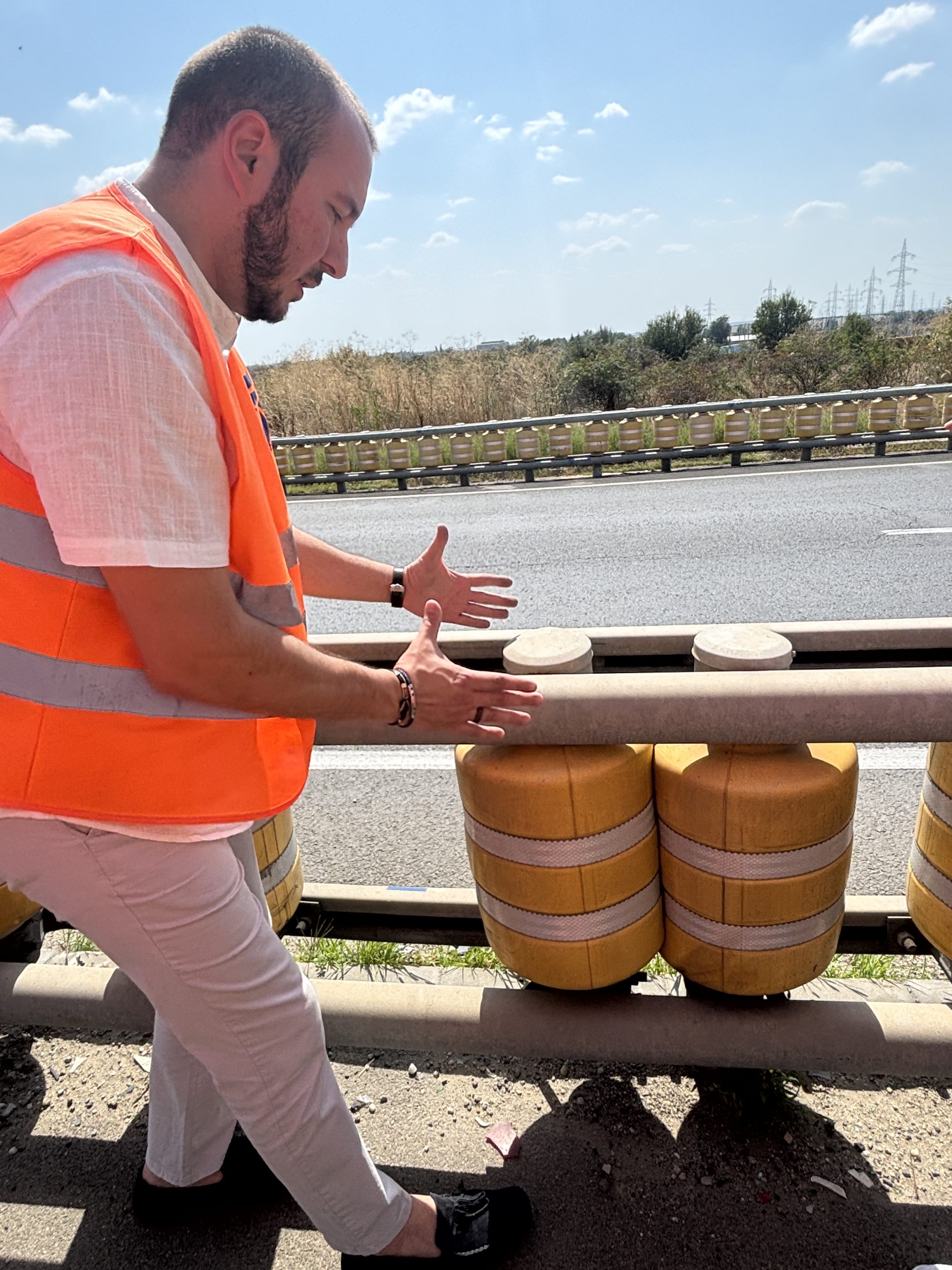
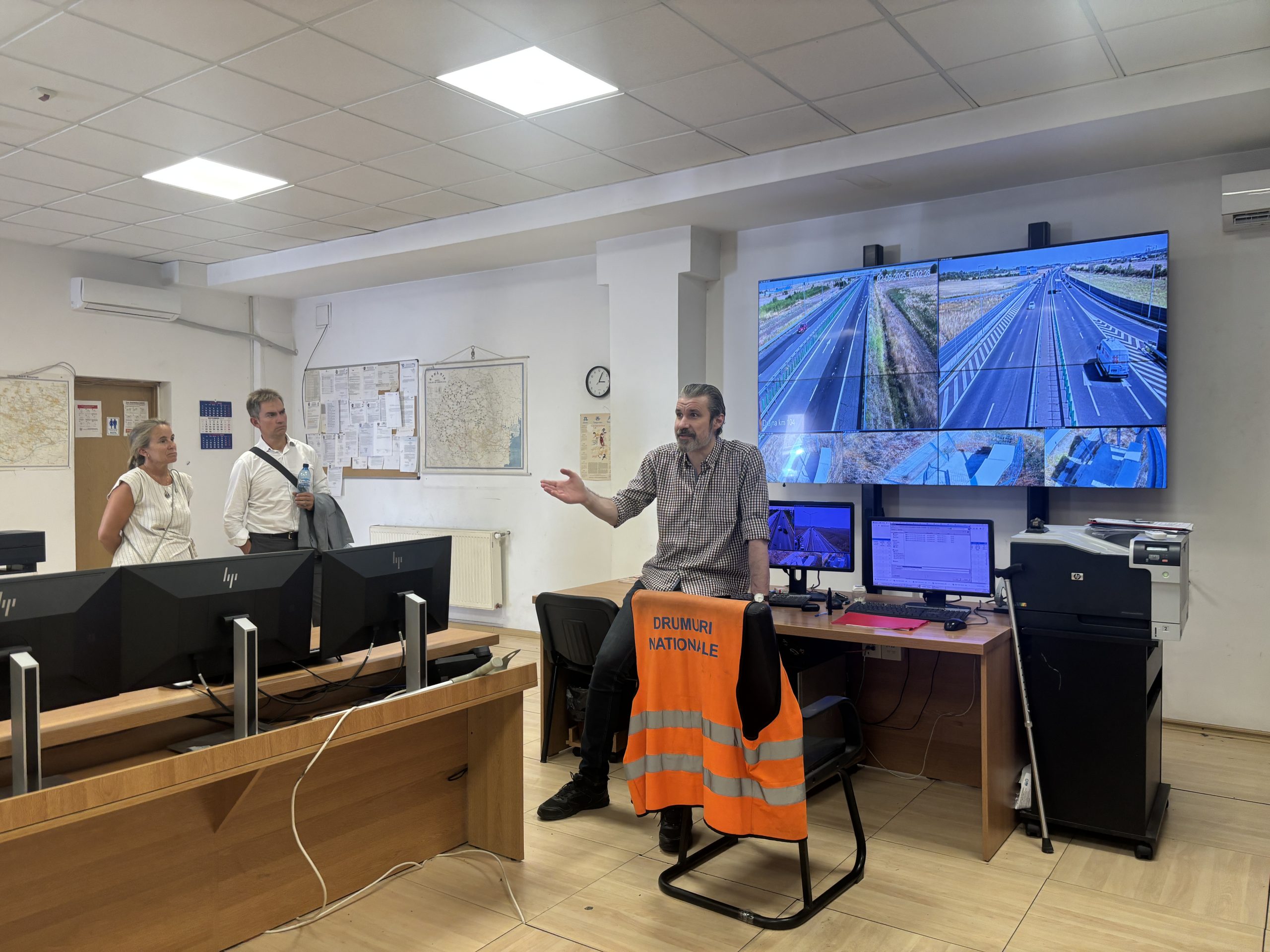
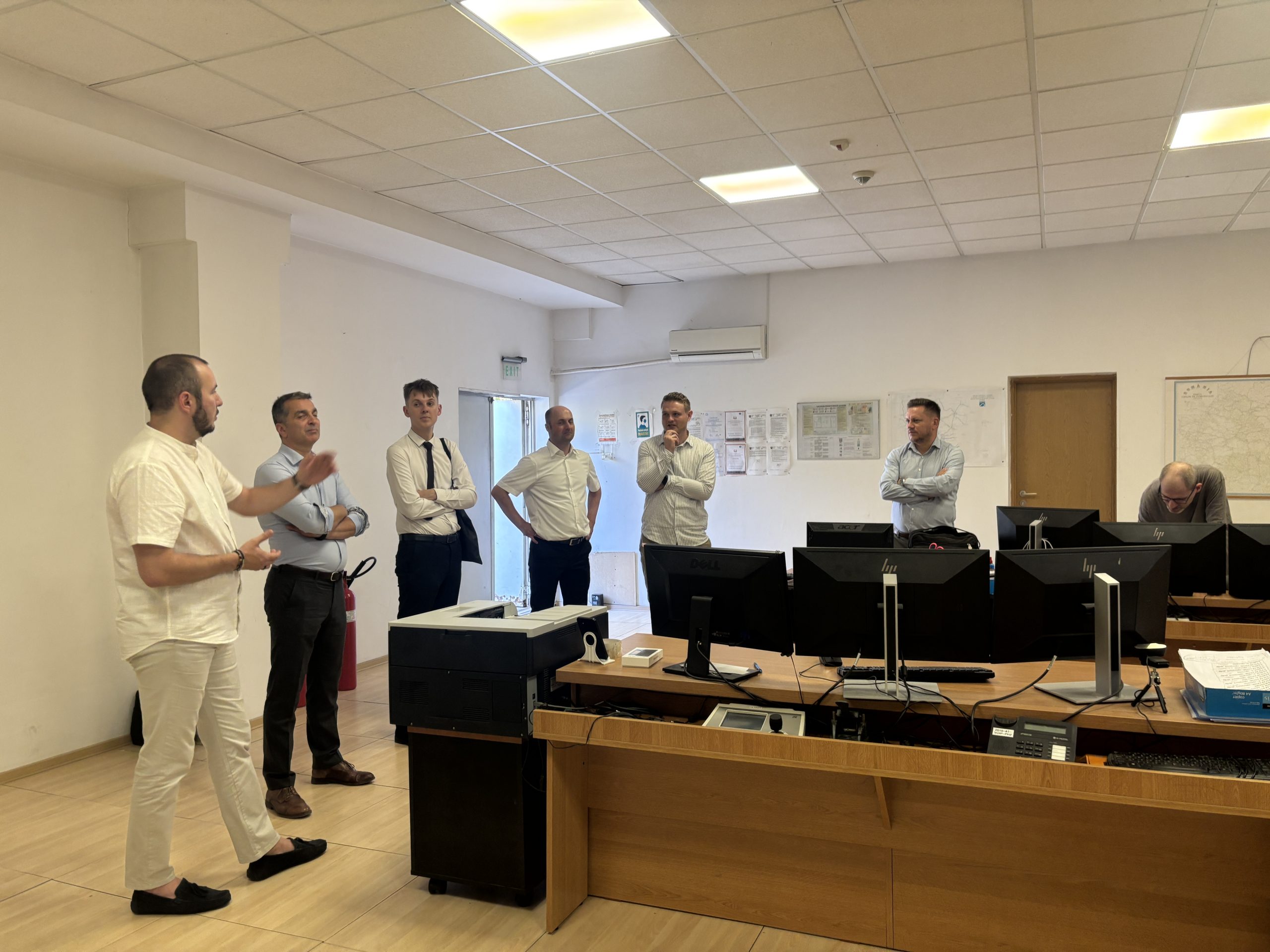
The second day focused on speed management and automated enforcement. Romanian representatives presented the development of the automated enforcement system E-Sigur and the national processing centre. A tender for the system is launched, aiming to centralise and improve the efficiency of enforcement and fine processing procedures across the country.
Building on the experience of Spain and its fine processing centre in León, Romania is planning the roll-out of the system, supported by a campaign to explain the expansion of speed cameras and the objectives for improving traffic safety. At the same time, the monitoring system of Romanian roads, is being strengthened to provide better data for enforcement and planning.
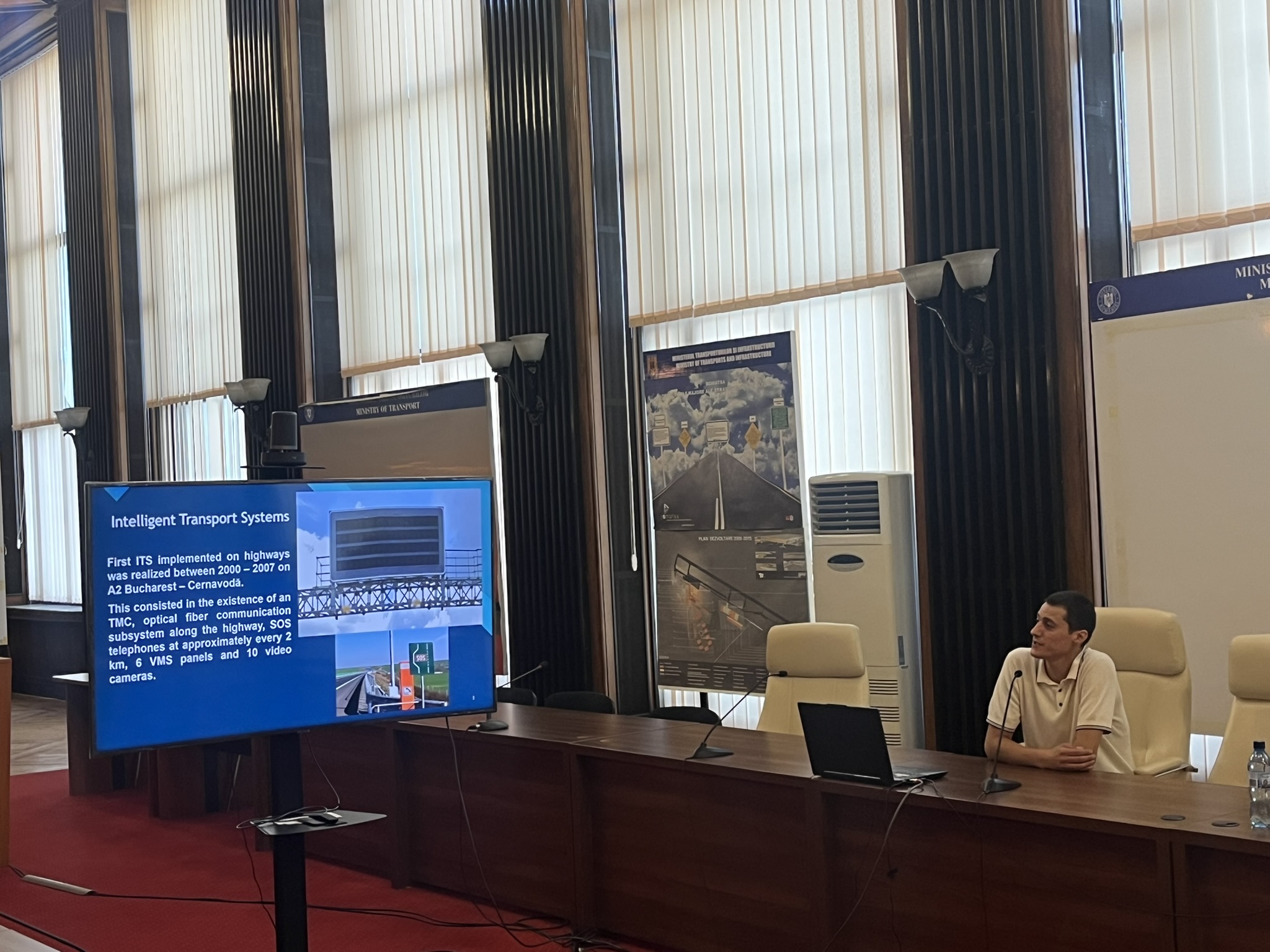
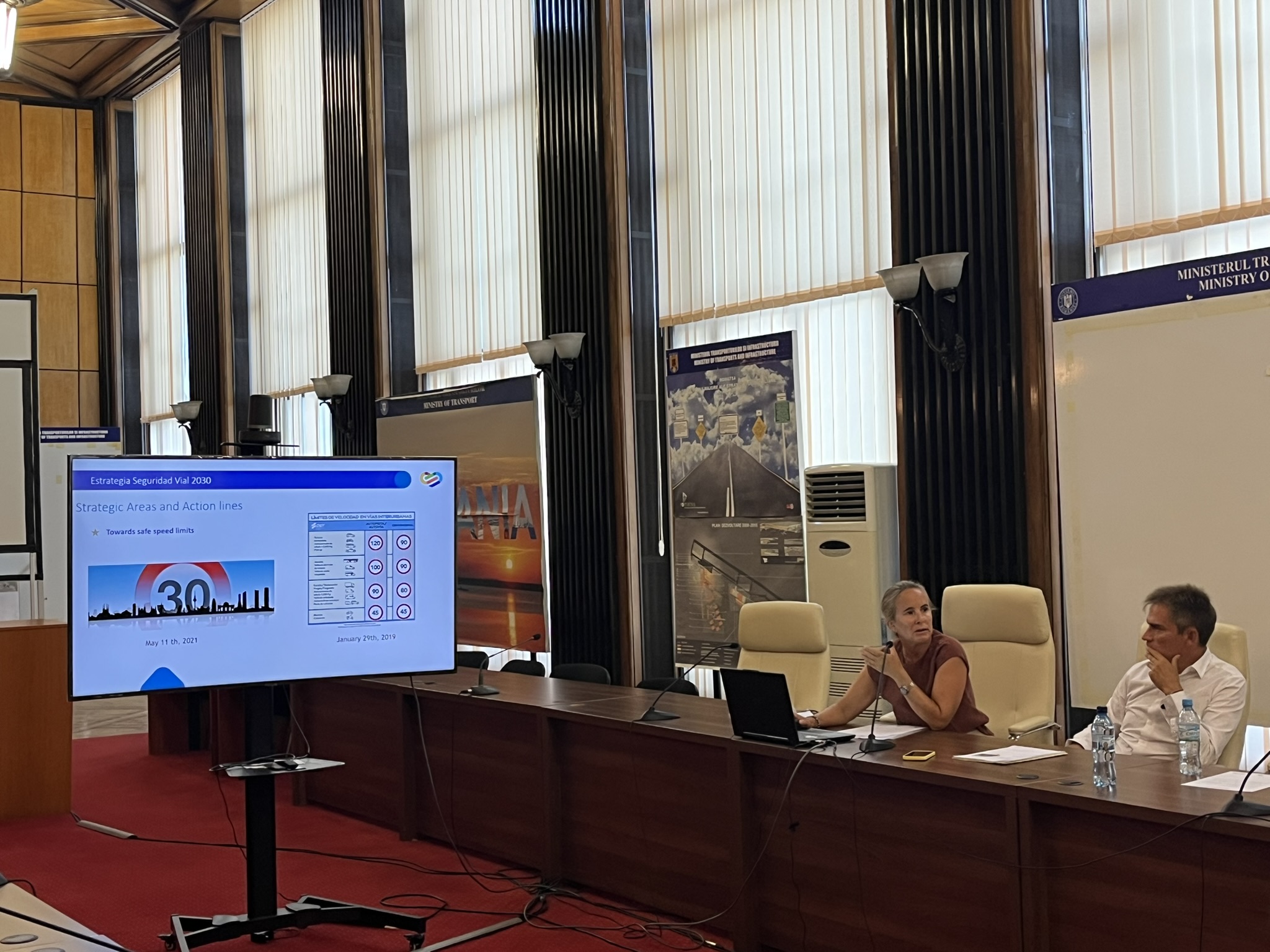
Ana Blanco from the Directorate General for Traffic (DGT) shared Spain’s traffic enforcement policy, covering the range of speed cameras used, the equipment and methodology applied. Particular attention was given to the procedure for installing fixed cameras, from the identification of suitable sites to the steps leading to implementation.
Credible speed limits, transparency and public trust were highlighted as essential for the system’s success. The presentation also explained how high-risk zones, or “hot spots”, are identified, ensuring that enforcement measures are targeted where they can deliver the greatest safety benefits.
The Head of the Processing Area at DGT León, David Fernández, presented the work of the Automated Complaints Processing Centre in León, explaining its structure and functioning. Set up in in 2003, the centre processes automated enforcement fines nationwide, providing an efficient way to deal with offences. At present, fines can be delivered by e-mail within two days, or by official letter within seven.
The success of the centre relies on strict procedures to ensure that all fines reaching traffic offenders are correct beyond any doubt, resulting in a very low rate of appeals from drivers. Since its establishment in 2008, the centre has contributed to the success of Spain’s road safety improvements and has enabled a fair and transparent enforcement system in the country.
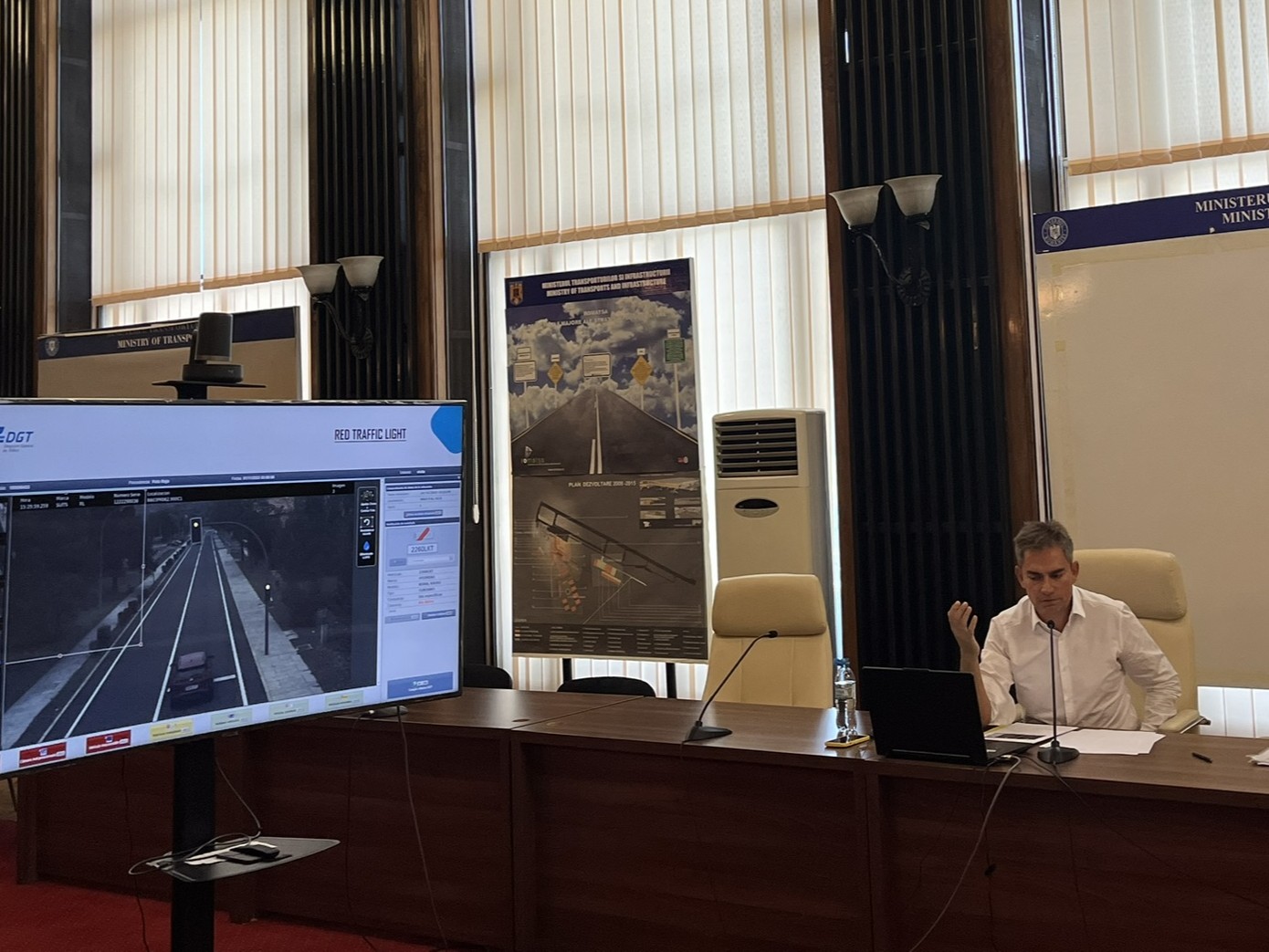
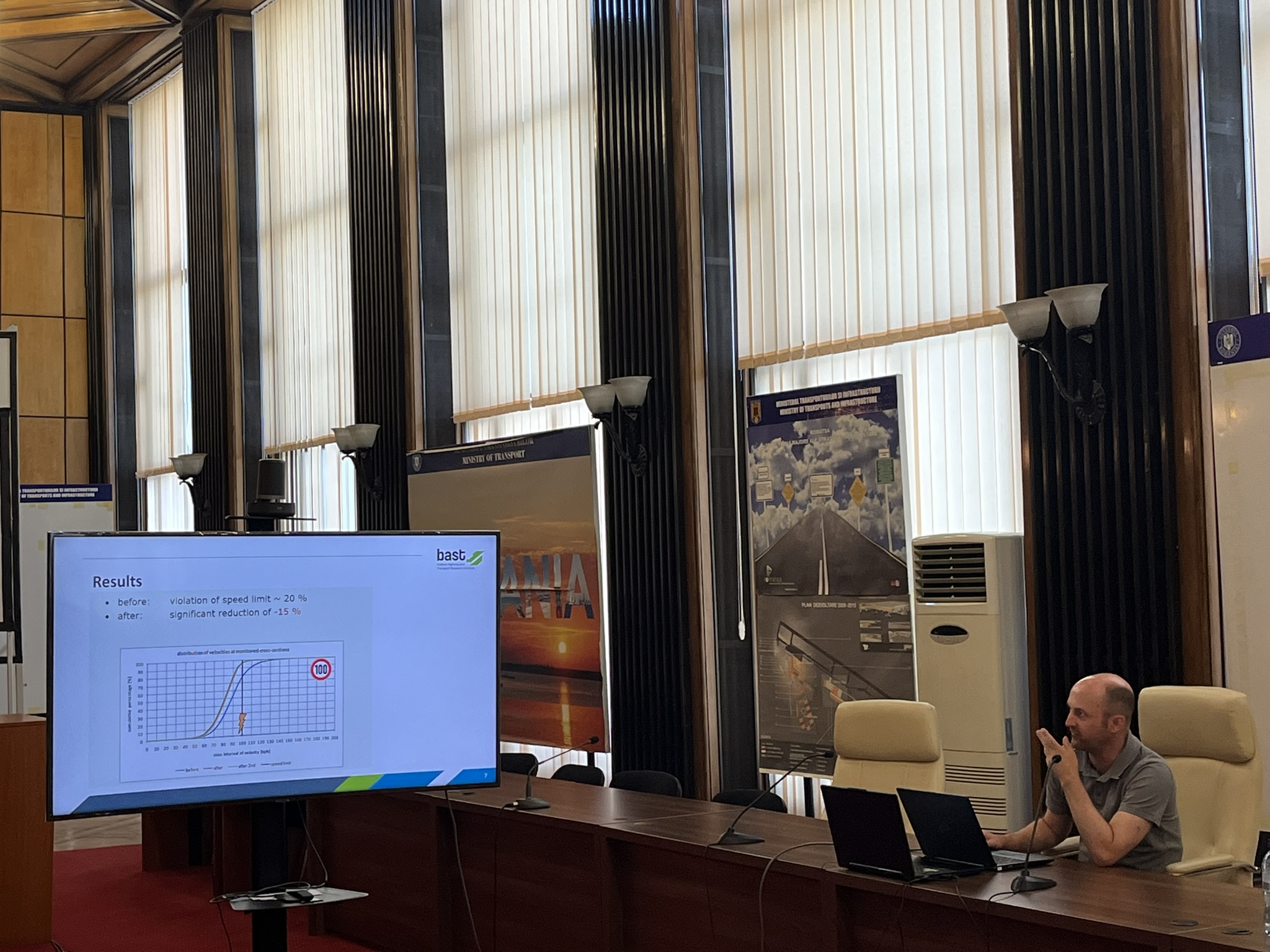
Marco Irzik from BASt presented insights from a German pilot project testing the linear configuration of stationary speed cameras on rural roads. Placing multiple cameras along a stretch of road proved effective in reducing deaths and injuries on sections previously identified as high-risk.
Since average section control is currently not permitted in Germany due to legal restrictions, the project demonstrated a possible alternative for enforcing speed limits on challenging road sections where speed reduction is essential for safety.
After the presentations, participants discussed and shared recommendations for developing an efficient automated enforcement system in Romania.
This closed two days of work combining technical presentations, practical examples and site visits, and set the basis for further cooperation on infrastructure safety and speed management. The final workshop of the second phase of the EURSE project will take place in October 2025.
